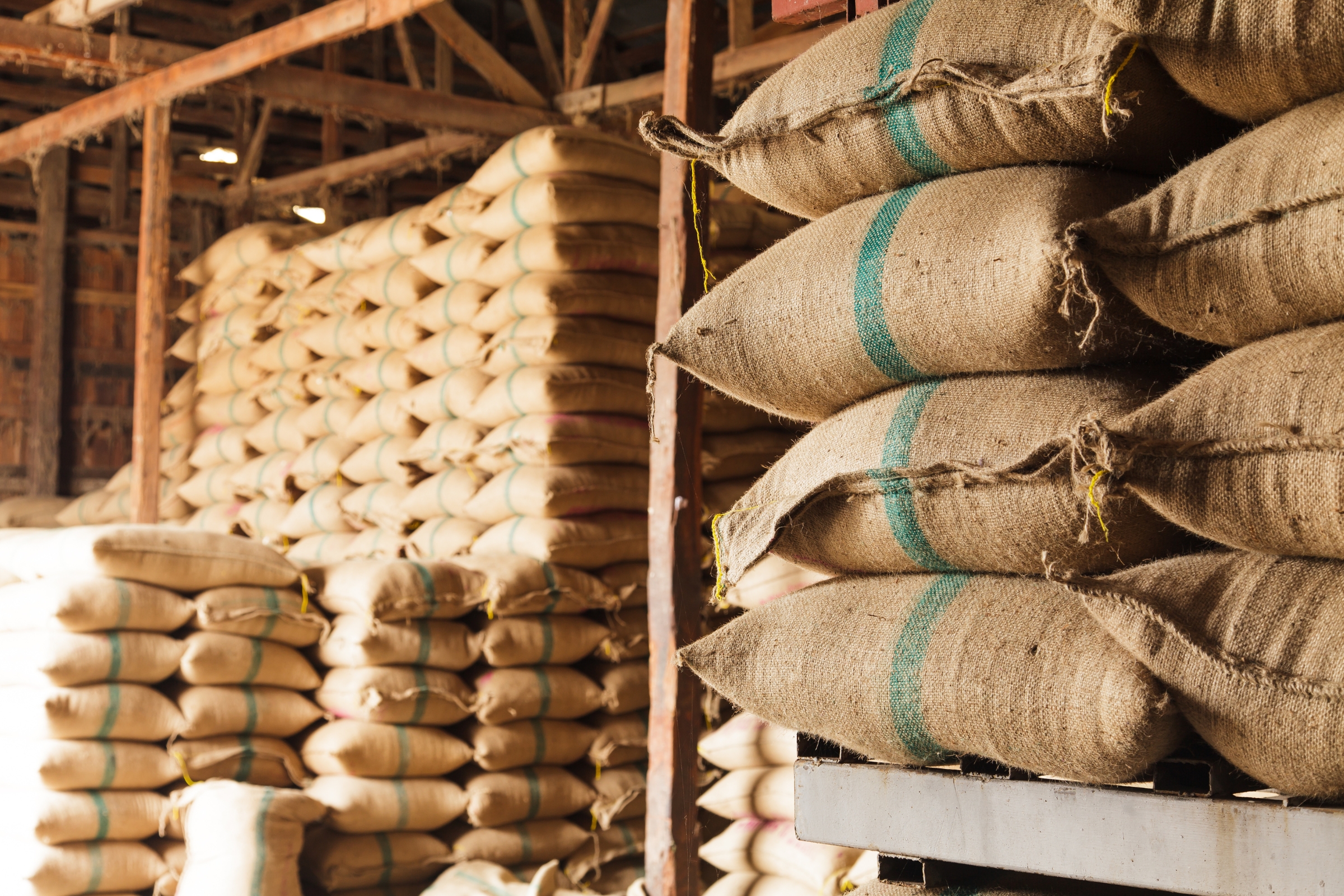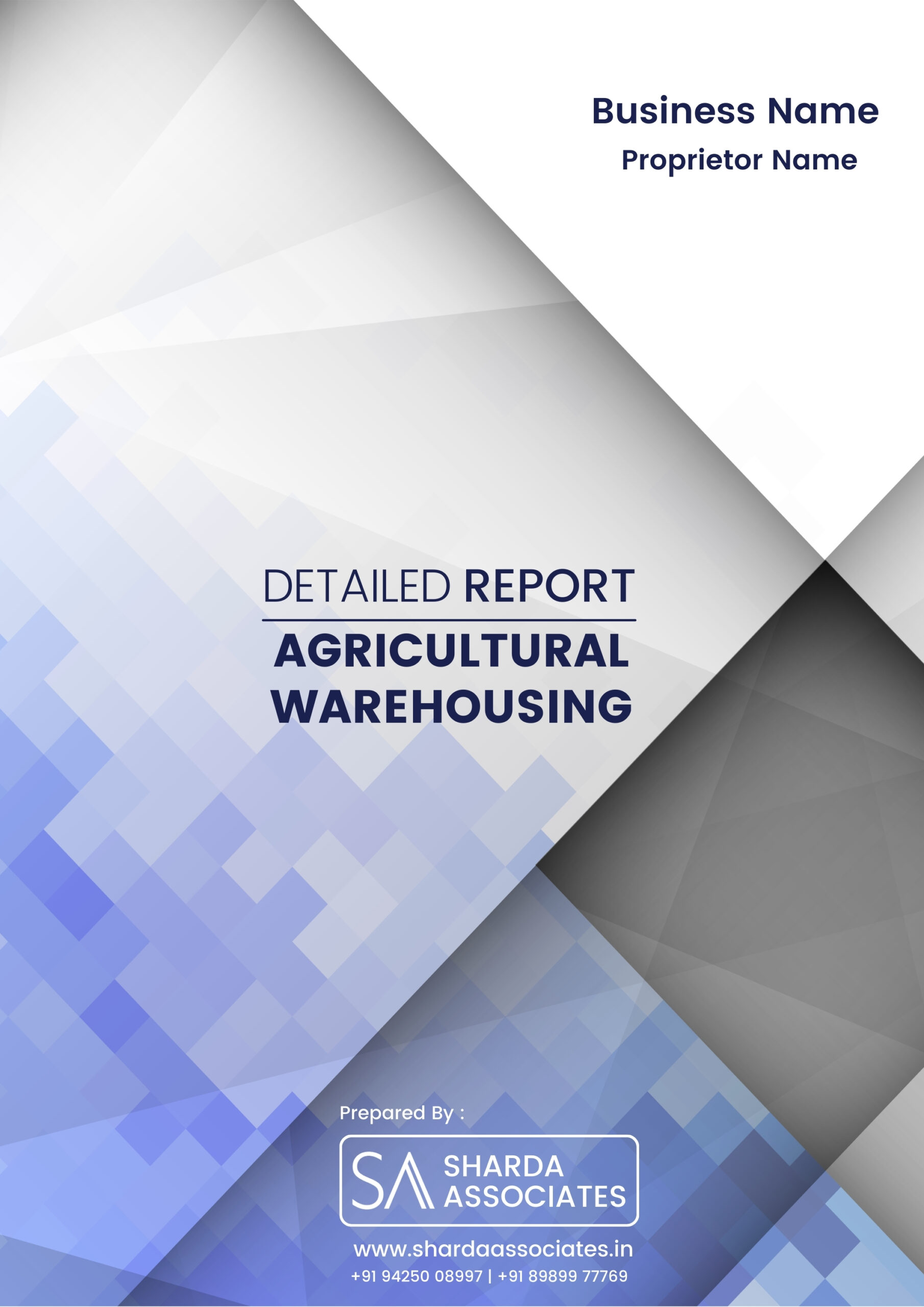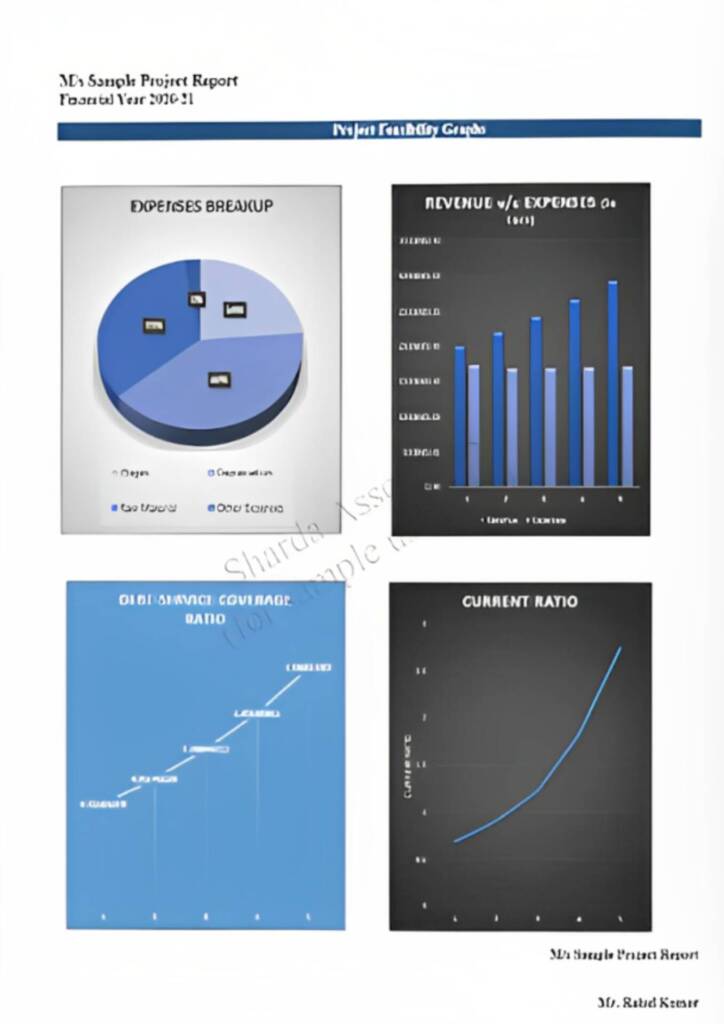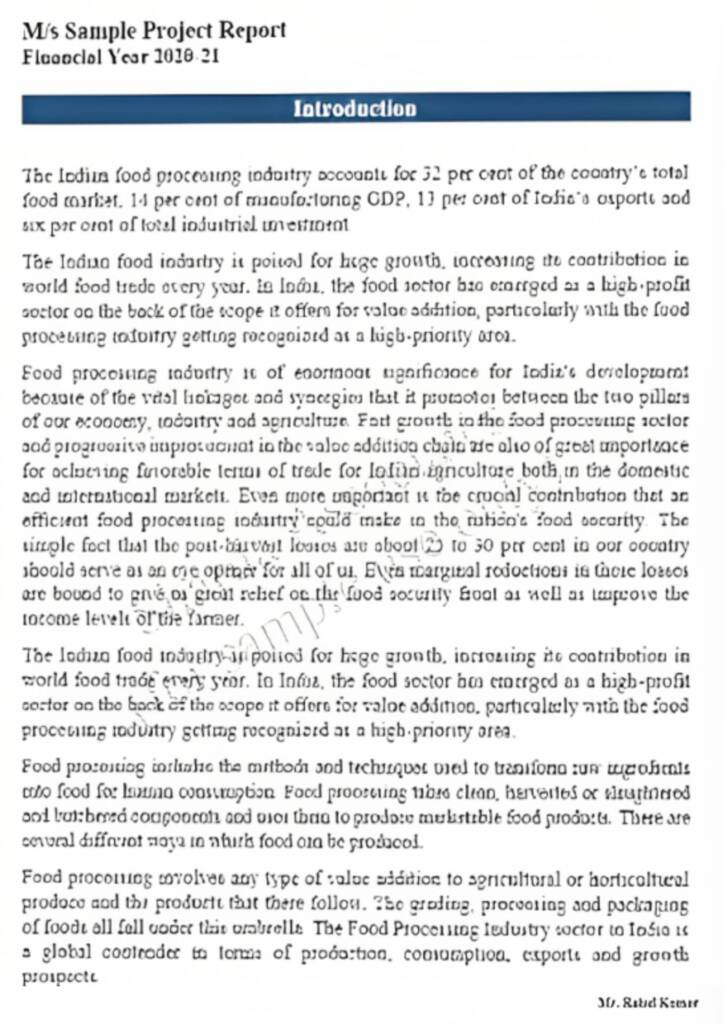Detailed Report On Agricultural Warehousing
Agricultural warehousing is the storage and management of farm products to ensure their safety, quality, and timely distribution. It helps supply chains by effectively moving crops, animal feed, and equipment.
What is Agricultural Warehousing?
Detailed Report on Agricultural Warehousing is as follows.
Agricultural warehousing refers to the storage, management, and delivery of farm products such as grains, fruits, and vegetables. It preserves quality, prevents spoiling, and streamlines supply chain processes, assisting farmers and distributors in maintaining market stability and meeting demand.

Agricultural warehousing provides advantages such as maintaining product quality, reducing spoiling, and stabilizing pricing. It promotes effective supply chain management, assures consistent market supply, decreases post-harvest losses, and improves farmers’ access to markets and storage options.
Agricultural warehousing is a critical component of the agricultural supply chain, ensuring the safe storage of crops, livestock feed, and farming equipment. It preserves product quality and increases shelf life, reducing spoilage and loss. Agricultural warehousing contributes to market price stability and helps farmers meet consumer demand consistently by permitting efficient inventory management and timely distribution.

Detailed Report Sample On Agricultural Warehousing



Market Potential Of Agricultural Warehousing
In 2022, the global agricultural warehousing services market was estimated to be worth USD 26 billion. According to our research, the market is expected to reach USD 36 billion by 2029, with a CAGR of 5.6% over the forecast period.
Agricultural product warehousing services include a variety of facilities designed to store and manage perishable goods such as vegetables, fruits, poultry, meat, fish, and dairy products. These services serve an important role in ensuring the quality and safety of agricultural products as they travel from farms to customers’ tables. Advanced technology, temperature-controlled settings, and efficient logistical systems are used to ensure that items are stored in the best conditions possible, reducing spoiling, preserving freshness, and increasing shelf life.
The expansion of this market can be attributable to a variety of factors. For starters, the growing global population and urbanization have increased demand for fresh and processed food goods, demanding effective storage and delivery systems. Furthermore, the increase in international commerce of agricultural products has created a demand for well-equipped warehousing facilities to allow seamless cross-border transit. Furthermore, customers’ increasing knowledge of food safety and quality requirements has prompted producers and distributors to invest in dependable warehousing services to meet these expectations.
Contents of Project Report
A project report helps you identify whether a project is worth pursuing. It presents the holistic view and brings complete insight of the business and its activity.
It acts as a guide for all the business operations, aids in taking all financial decisions related to the existing businesses and to the start-ups. It serves as roadmap to the business and provides information to the outsider who are wanting to know more about the business.
You will have the opportunity to build new goals and expansion ideas in one single document. Everyone, from the banks to potential investors, will need to have a look at the project report before they shell out any money.
A well drafted project report generally consists details about:
- Brief History of the Business
- The Promoters
- SWOT Analysis
- Industry Outlook
- Past Financial Statements
- Projected Financial Statements
- Infrastructure and Human Resource required
- CMA data
- Business model
- Requirement of Working Capital Funds
- Means of Finance
Other relevant information, if any.
